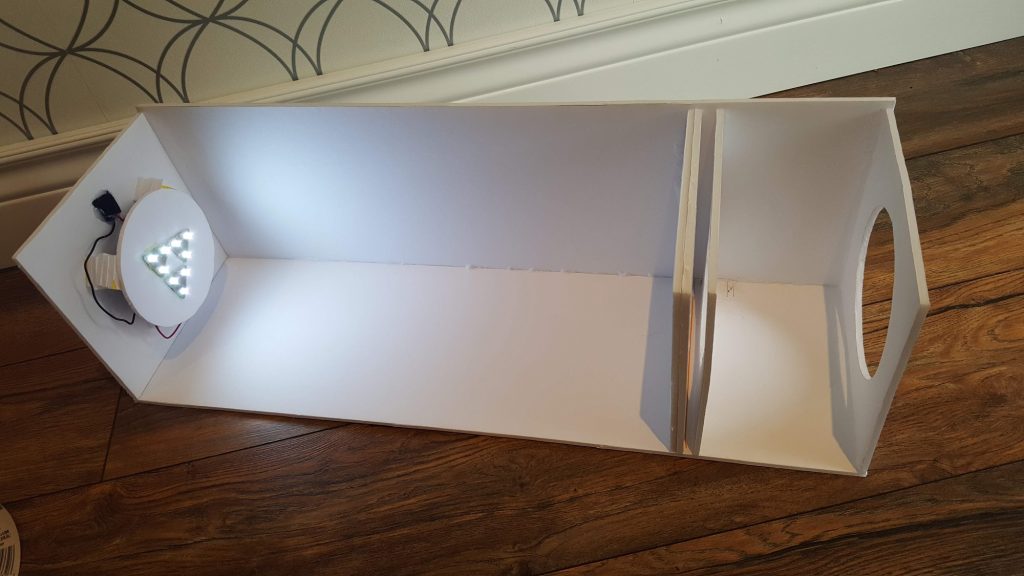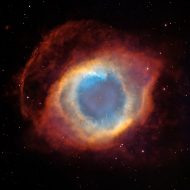Stacking images to increase SNR (signal to noise ratio) is a fundamental task of astrophotography.
Aside from the light frames, which are the actual image data, there are also 4 types of calibration frames: Bias, Darks, Flats and Dark Flats.
In order to remove vignetting and any uneven field illumination caused by dust or smudges found in the optical path, we need to include flat frames in our stacking routine.
Flat frames are taken usually right after an imaging session, because it is important to ensure that the focus and camera orientation is exactly in the same place. Also its important to take the flat frame of something evenly lit, across the whole field of view of the camera sensor and at a specific exposure while maintaining the same ISO as the lights. That specific exposure is usually recommended to be a histogram peak slightly above the median ADU range of the camera.

Now, to achieve this evenly lit field, a lot of people build flat boxes, that are essentially a semi-opaque film to diffuse a light source to evenly distribute it. These boxes are placed on top of the telescope, and are a very fast way to create flats. Other methods are more crude, such as placing t-shirts and shining a white color image from a laptop screen over it, or just shooting the morning sky. I personally felt that having a light box will make my life much easier, so I decided to build one. All it took was some cardboard, a light source, and some film. The only thing left was to build a box specifically made to fit over the tube of my Orion ED80.

Last Updated on


Hello,
I build one and it works great!!!Thanks